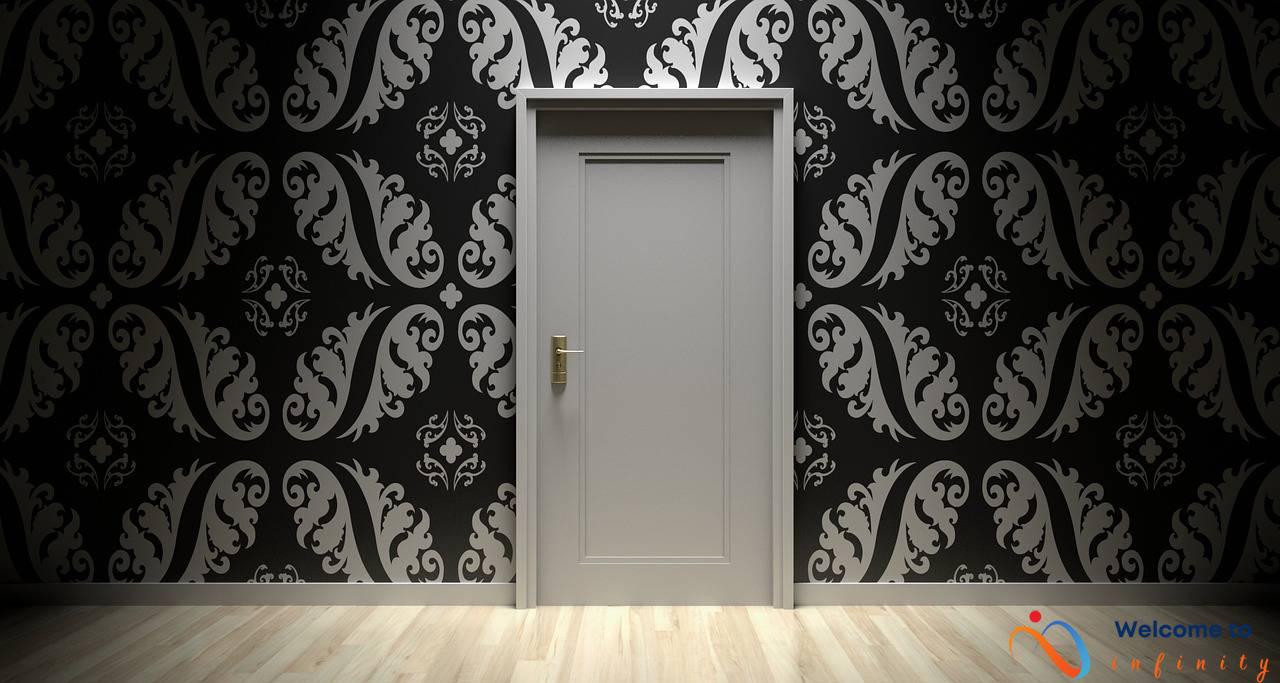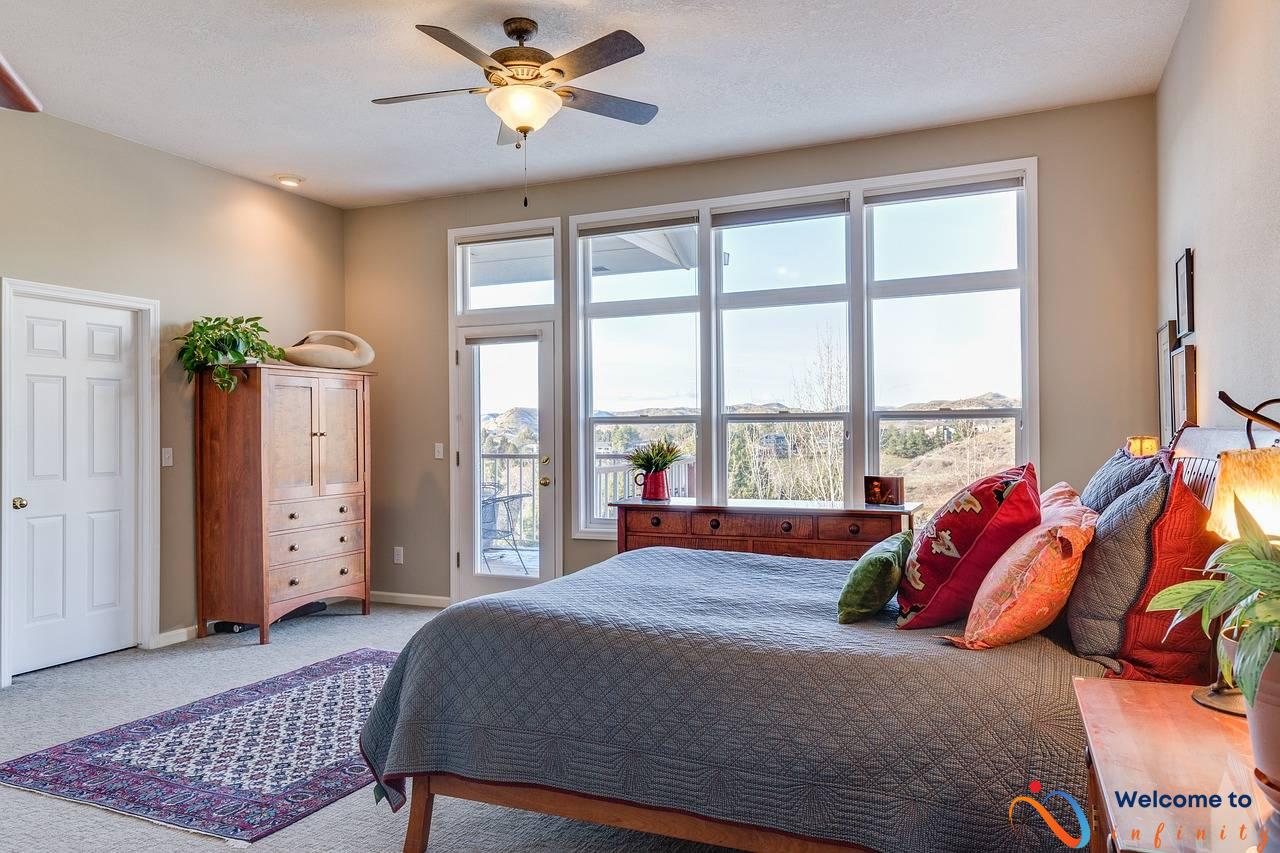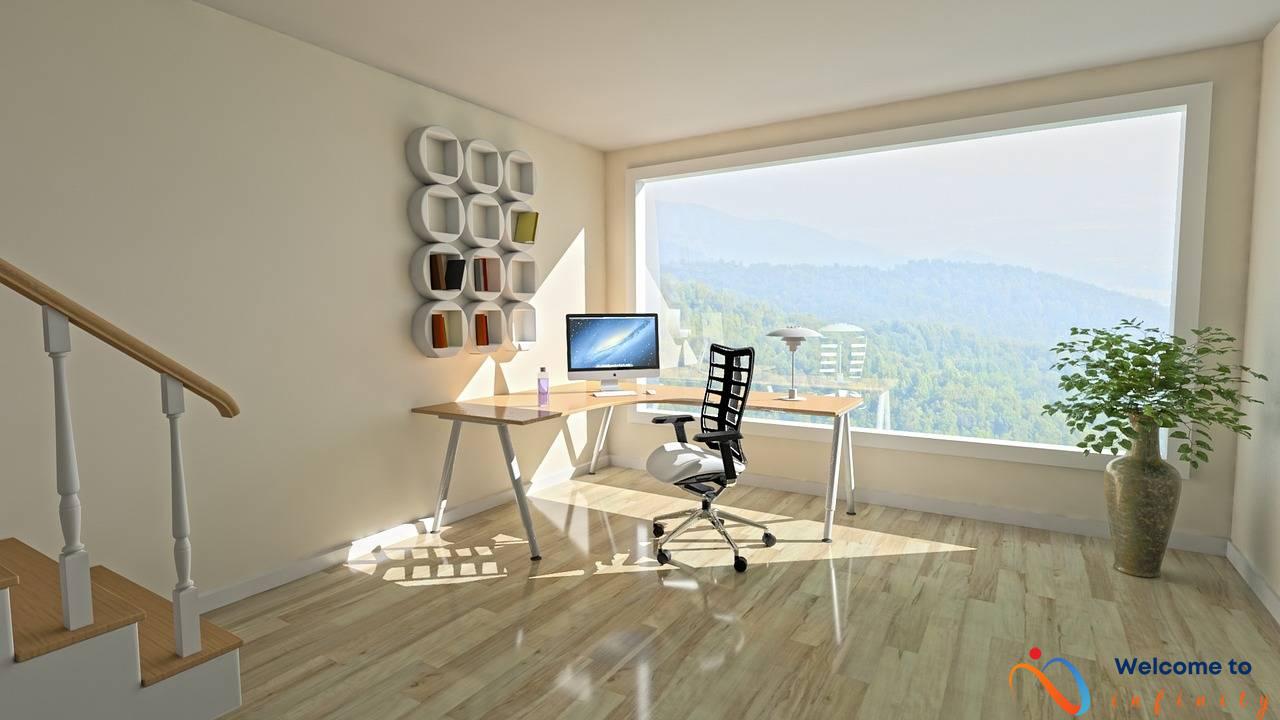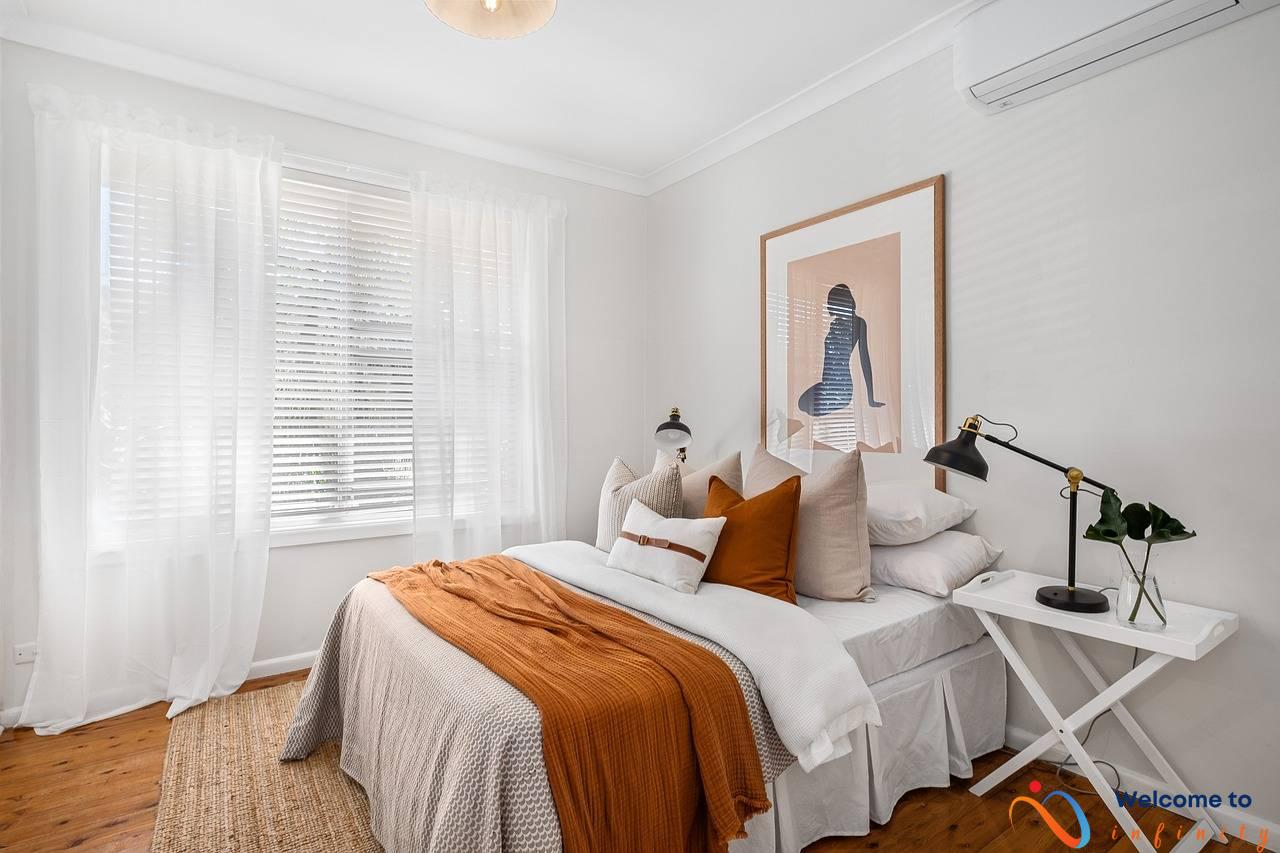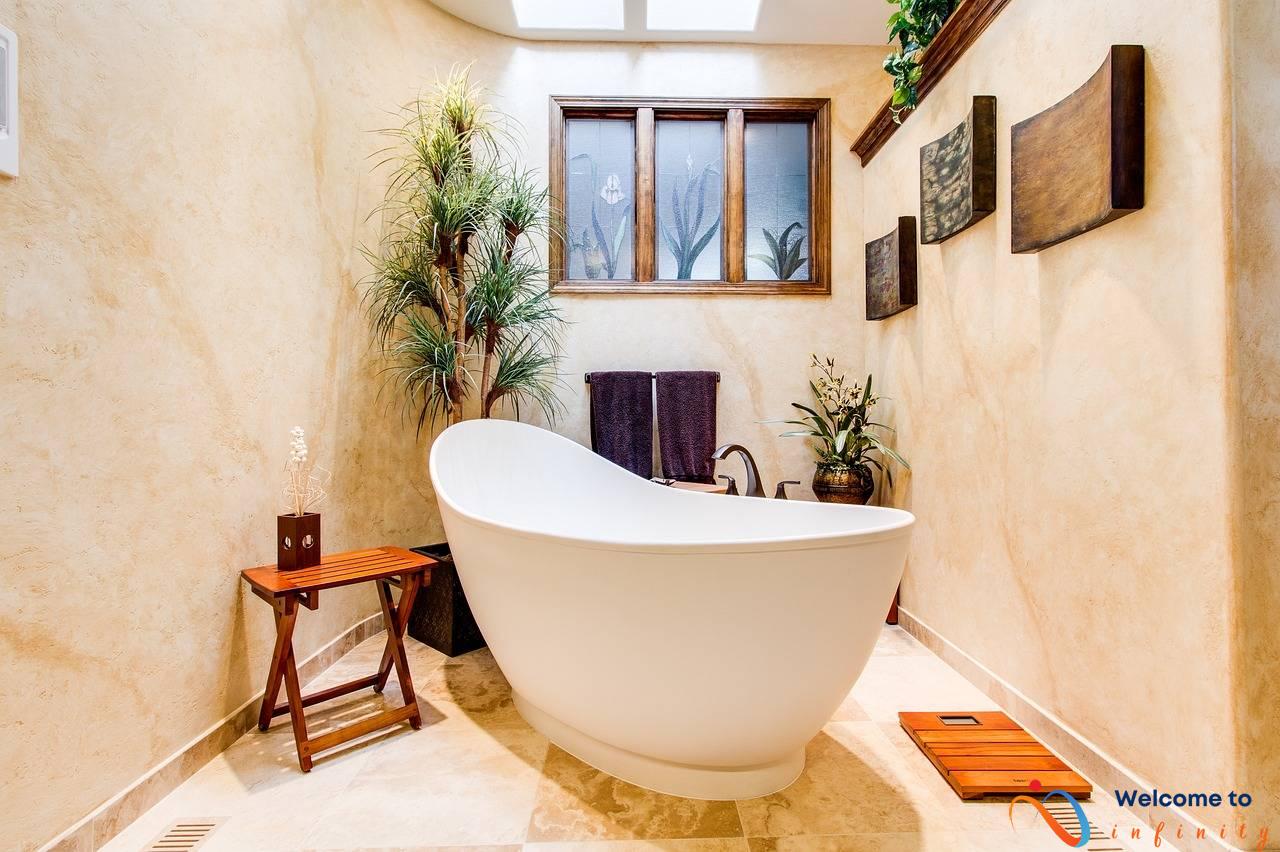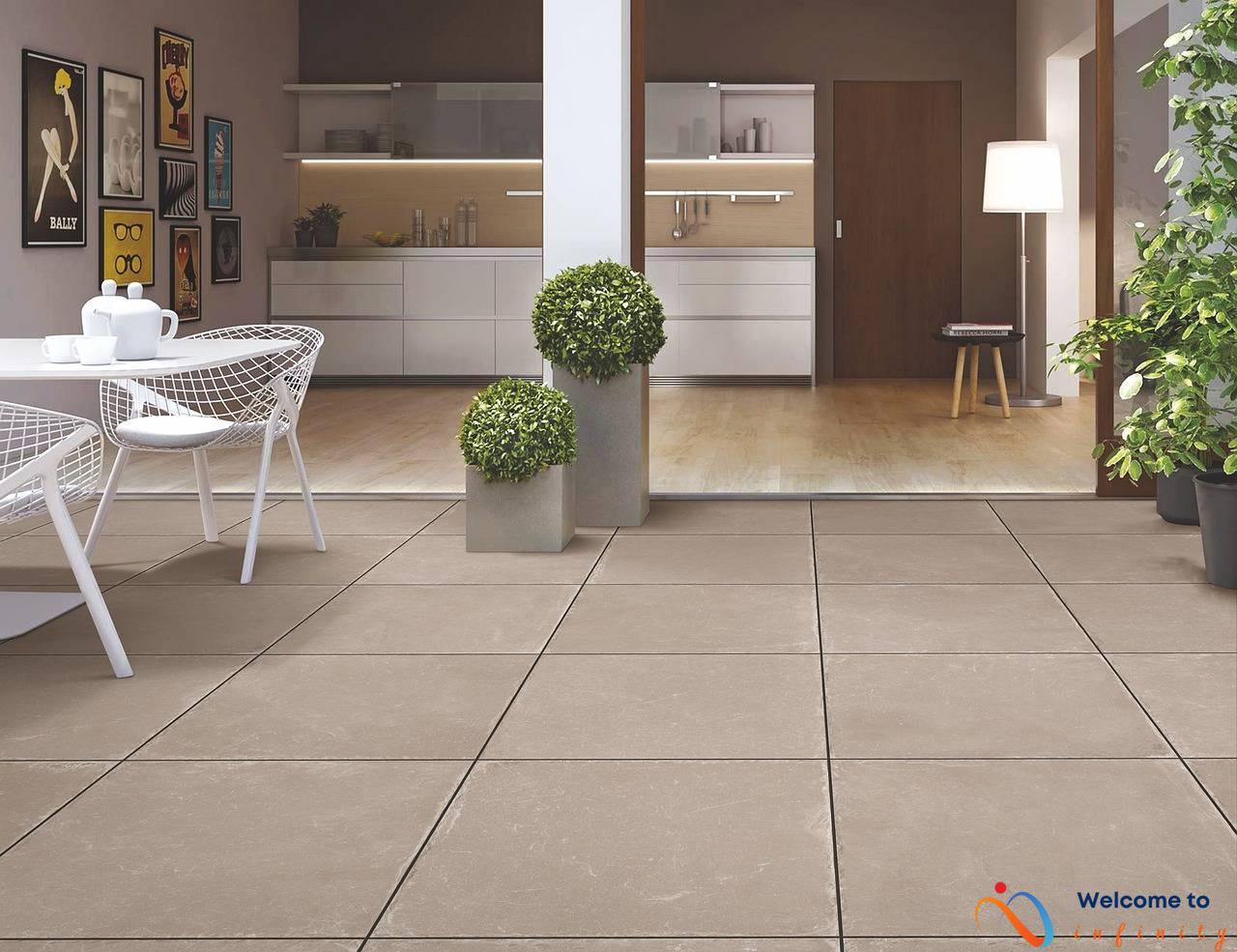Are you finding it hard to stay productive while working from home? Transforming a spare room into a productive home office space can greatly improve your work life balance, but the task may seem daunting. With the right planning and organization, you can easily create a workspace that is comfortable, organized, and conducive to productivity.
First, it's important to assess the room. Consider the size, natural light availability and the overall layout of the space. Determine what you need to do to make the room suitable for work. Decluttering the space, getting rid of any unnecessary furniture, and adding shelving can help create a more organized and functional workspace.
Choosing the right furniture and décor is essential in creating a comfortable and productive home office. Invest in a comfortable and supportive desk and chair that are ergonomically designed to protect your back, neck, and wrists from long periods of sitting. storage solutions like shelves, cabinets, or desk drawers will help keep your workspace organized.
It is also important to create a distraction-free environment in your home office space. Put measures in place that minimize noise, eliminate clutter, and set boundaries with housemates or family members to minimize interruptions. A fast, reliable internet connection, external monitors, and smart speakers can help increase productivity levels.
Lastly, make your home office personal with inspiring décor items including scented candles, indoor plants, or any inspirational artwork. Personal touches to your workspace can boost motivation while creating a comfortable and inspiring environment to work in.
With these tips in mind, transforming your spare room into a productive workspace is a task you can easily manage. With the perfect blend of creativity and functionality, you can create a space that not only improves your work style but also inspires you to achieve your goals.
Assess the Room
Before starting to convert your spare room into a home office space, it's important to assess the space and determine what you need to do to make it suitable for work. Firstly, consider the size of the room and how much space you will need for furniture and equipment. Take measurements of the room, including windows, doorways, and any other architectural features, such as alcoves or built-in shelves.
Next, consider the lighting in the room. Natural light is ideal, as it can help reduce eye strain and create a more pleasant working environment. Make sure the room has sufficient natural light and invest in artificial lighting, such as task lighting, to make sure your workspace is well lit.
Assess the room's ventilation and ensure that it's adequate for a workspace. Poor ventilation can lead to stuffiness and decreased productivity. Make sure the room has windows or a ventilation system to allow fresh air into the space.
Finally, identify any potential hazards or distractions in the room. Create a safe and distraction-free workspace by removing any dangerous items, such as sharp tools or chemicals, and minimizing any distractions. Make sure that your home office is located in a quiet area of the house and that you can lock the door if necessary.
- Take measurements of the room including windows, doorways, and any other architectural features such as alcoves or built-in shelves.
- Consider the lighting in the room and invest in artificial lighting such as task lighting to make sure your workspace is well lit.
- Assess the room's ventilation and ensure that it's adequate for a workspace.
- Identify any potential hazards or distractions in the room and make it a safe and distraction-free workspace.
Choose the Right Furniture and Décor
Creating a comfortable and productive home office requires choosing the right furniture and décor. When selecting furniture, it's important to consider the size and layout of the room, as well as your personal preferences and work habits. Here are some factors to keep in mind:
- Desk and Chair: A high-quality desk and comfortable chair are essential for any home office. The desk should provide enough room for all your equipment, while the chair should provide adequate back and neck support to prevent discomfort and injury.
- Lighting: Proper lighting is crucial for reducing eye strain and preventing headaches. A well-lit workspace can also improve productivity levels. Consider using a combination of natural and artificial light sources to create a comfortable and inviting environment.
- Storage Solutions: Keeping your workspace organized is key to staying productive. Invest in storage solutions like cabinets, shelves, and filing systems to keep your supplies and paperwork neatly organized and easy to access.
- Décor: Adding personal touches to your home office can help boost your mood and keep you motivated. Add a splash of color with a rug or decorative pillows, and showcase photos or artwork that inspire you.
When choosing furniture and décor, keep in mind that your home office should be a reflection of your personal style and work needs. Prioritize comfort, functionality, and quality over aesthetics alone, and you'll be well on your way to creating a productive space that you love to work in.
Desk and Chair
=Your desk and chair are the most important pieces of furniture in your home office. When choosing a desk, consider the size of your space and the type of work you'll be doing. Opt for a desk that is large enough to accommodate your computer, phone, and any other necessary equipment. Adjustable height desks are also a great option, as they allow you to alternate between sitting and standing throughout the day.
As for the chair, it's important to choose one that is comfortable and provides proper support for your back and neck. Look for chairs with adjustable height and lumbar support. Your chair should also have armrests that can be adjusted to the correct height to help prevent strain on your shoulders and arms. A chair with wheels can also be beneficial, as it allows for easy movement around your workspace.
In addition to comfort and support, your desk and chair should also be aesthetically pleasing and fit with your personal style. Consider the color and material of the desk and chair to ensure that they complement the rest of your home office décor.
Finally, don't forget to consider storage when choosing your desk. Look for a desk with built-in storage solutions, such as shelves or drawers, to help keep your workspace organized and minimize clutter.
Storage Solutions
When it comes to storage solutions in your home office, there are a number of things to consider. Proper storage is essential to keep your workspace organized and free of distractions. Here are some storage solutions you can consider:
- File Cabinets: A file cabinet is a must-have in any home office as it can store important documents and projects. Consider investing in a locking file cabinet for added security.
- Bookshelves: Bookshelves are not only great for storing books, but can also be used to keep other supplies organized. Consider investing in adjustable shelves for added flexibility.
- Desk drawers: Desks with lots of drawer storage are helpful in keeping small items like pens, paper clips, and other supplies neatly organized and out of sight.
- Wall shelves: Wall shelves can be used to store items you use frequently. Consider using baskets or bins to keep things organized and prevent clutter from accumulating.
When choosing your storage solutions, it's important to choose options that are functional and fit your budget. Additionally, be sure to label your storage areas and keep them tidy to avoid clutter and disorganization from creeping back in over time.
Lighting
Lighting
Proper lighting is an essential factor in creating a productive and comfortable home office environment. Poor lighting can lead to headaches, eye strain, and fatigue, which can significantly decrease productivity levels. Here are some tips to help you improve the lighting in your home office:
- Choose the Right Light Source: Natural light is always the best and preferred source of lighting for any workspace. Consider placing your desk near a window to allow natural light to illuminate your workspace. If natural light isn't available, make sure to invest in high-quality artificial lights. LED or fluorescent bulbs are great options as they are energy-efficient and produce minimal heat.
- Avoid Harsh Light: Harsh or excessive light can cause glare and eye strain. Avoid placing your desk facing a bright window or light source. Instead, opt for softer, diffused light sources that provide even illumination.
- Adjustable Lighting: Adjustable lighting is a great feature to have in any workspace. Being able to adjust the brightness or color temperature of your lights can help you avoid eye strain and fatigue over long working hours. Consider purchasing lamps or lights with adjustable settings.
- Task Lighting: Task lighting is a great addition to any workspace, especially if you have to focus on small details or paperwork. Task lights provide concentrated light on specific areas, reducing eye strain and shadowing. Consider using a table lamp or floor lamp with a swivel or flexible arm to adjust the lighting angle as per your need.
By implementing the above tips, you can significantly improve the lighting in your home office space, leading to increased productivity levels, reduced eye strain, and improved overall well-being.
Create a Distraction-Free Environment
When working from home, creating a distraction-free environment is crucial to stay focussed and productive. Here are some tips to help you create a workspace that is free of distractions:
- Minimize Noise: Noise can be a major distraction, so it's important to consider ways to minimize or eliminate it in your home office space. You could invest in a white noise machine or noise-cancelling headphones.
- Remove Clutter: Clutter can also be distracting and can make it difficult to focus on work. Remove any unnecessary items or unorganized piles of papers from your workspace.
- Set Boundaries: Setting boundaries with family members or roommates is necessary in creating a distraction-free environment. Discuss your work schedule and establish rules to minimize interruptions. For example, you could put a “Do Not Disturb” sign on your door when you are in a meeting or need to focus.
By minimizing noise, removing clutter, and setting boundaries, you can create a workspace that is free of distractions and conducive to maximum productivity and creativity.
Minimize Noise
Noise can disrupt concentration and interrupt productivity in your home office. Therefore, it's important to minimize or eliminate noise distractions to create a quiet workspace. One way to achieve this is by choosing a quiet location within your home to set up your home office. If your home is located in a noisy neighborhood or near a busy street, consider adding soundproofing foam or curtains to your office walls and windows.
Another way to minimize noise is by creating a designated quiet time during the day. Set a time when other family members or roommates know not to make any loud noises in the house, such as during conference calls or when working on important projects. Alternatively, wearing noise-cancelling headphones can effectively block out external sounds.
If you often receive calls or conduct meetings from your home office, make sure your phone is on silent and use a headset with a built-in microphone to eliminate background noise. Additionally, if your home office is close to a busy area within your home, consider installing a white noise machine to help drown out any distracting sounds.
Minimizing noise in your home office can greatly improve your concentration and productivity levels, ultimately leading to a more efficient and successful workday.
Remove Clutter
One of the biggest distractions in a home office space is clutter. Cluttered surroundings can lead to a cluttered mind, making it difficult to focus on work tasks. It's important to remove any unnecessary items or unorganized piles of papers from your workspace to help promote a productive mindset.
One way to reduce clutter is to establish a filing system. Use folders or binders to organize documents and papers, and create labels for easy identification. A bulletin board can also be a helpful tool for keeping important notes and reminders visible without cluttering your desk space.
If possible, avoid using your workspace as a storage area for other household items. This can help to minimize distractions and keep your focus on work-related tasks.
Another way to remove clutter is to adopt a minimalist approach to your workspace. Consider the items you actually need and use on a daily basis, and remove anything that does not serve a necessary purpose. This can create a clean and simpler environment that is conducive to productivity.
In summary, removing clutter from your workspace is essential to promoting a productive mindset. Establish a filing system, avoid using your workspace as a storage area, and adopt a minimalist approach to your workspace to reduce distractions and increase your productivity levels.
Set Boundaries
Working from home can be a challenge, especially if you are sharing living space with family members or roommates. To create a distraction-free environment, it is important to set boundaries and establish rules to minimize interruptions. Here are some tips to help you set boundaries in your home office.
- Discuss your work schedule with those living with you so they know when you need to be focused and undisturbed.
- Establish rules about interruptions during working hours. Consider using a “do not disturb” sign or a communication tool like Slack to indicate when you are available.
- Create a separate workspace within your home to signal to others that you are working and need to be left alone.
- Set clear expectations about noise levels during working hours. Consider using noise-cancelling headphones if necessary.
- Communicate openly and respectfully with those living with you about your work needs and find compromises that work for everyone.
By setting boundaries, you can create a productive environment that allows you to focus on work without interruptions. Communicate clearly and consistently about your needs and find ways to work together to create a harmonious living and working space.
Invest in Technology
When it comes to setting up your home office, technology is a key component of a productive workspace. Here are some examples of technology investments that can increase your productivity:
A fast, reliable internet connection is essential for productivity in today's digital age. Slow or unreliable internet can lead to frustration, decreased productivity, and missed deadlines. Consider investing in high-speed internet with a reputable provider to ensure your internet connection is always available when you need it.
Smart speakers are becoming increasingly popular for home office use. They can help you automate tasks, set reminders, and control smart home devices. This way, you can stay productive without constantly needing to switch between tasks to complete mundane chores. Examples of smart speakers include Amazon Echo and Google Home.
Using an external monitor can greatly enhance your productivity by providing a larger workspace and making multitasking easier. You can use one monitor solely for work tasks while using the other for reference material. This can help make your workspace more organized, reducing clutter and distractions. You can find external monitors in various sizes and resolutions. Choose the one that best suits your work needs.
Investing in the right technology can significantly improve your productivity and efficiency in your home office. Consider assessing your needs and making informed decisions when adding technology to your workspace.
Quality Internet Connection
In today's digital age, a fast and reliable internet connection is essential in any home office that requires internet connectivity. Slow internet speeds can lead to frustration, decreased productivity levels, and missed deadlines. Therefore, it's important to invest in a high-quality internet connection to keep your home office running smoothly.
There are several factors to consider when choosing an internet service provider (ISP) for your home office. The first and foremost consideration should be the internet speed which should meet your business requirements. Additionally, you should consider the reliability, cost, and customer service before selecting an ISP. It's worth noting that you may need a larger bandwidth package that covers video conferencing and large file transfers for work purposes.
Moreover, having multiple internet service providers or a backup plan is a good idea in case of any emergencies or network outages. You can also consider using a Wi-Fi mesh network to improve coverage and eliminate dead zones in your home office.
Finally, it's essential to ensure that your home office is equipped with the necessary hardware and software to support your internet connection. This includes a modem, router, and other necessary peripherals like Ethernet cables or Wi-Fi extenders for better connectivity. Investing in a quality internet connection can go a long way in keeping your business or work running smoothly and efficiently.
Smart Speakers
Smart speakers are becoming increasingly popular in households, and they can be a valuable addition to your home office. With their voice-activated technology, smart speakers can help you stay organized and productive throughout the workday.
One of the main benefits of using smart speakers in your home office is their ability to set reminders. They can keep track of your schedule and remind you of important meetings or deadlines, so you don't miss anything crucial. Additionally, smart speakers can be used to set timers or alarms for tasks that require focused attention, ensuring that you stay on track and meet your deadlines.
Smart speakers can also be used to control various smart home devices, such as lighting or temperature control. With a simple voice command, you can adjust the settings of your home office environment without having to leave your desk. This can save you time and help you stay focused and productive throughout the day.
Finally, smart speakers can be used to automate various tasks, such as sending emails or creating to-do lists. By using voice commands, you can complete these tasks quickly and effortlessly, without having to switch between different applications or devices. This can save you precious time and help you get more done in less time.
Overall, smart speakers are a convenient and efficient tool that can help boost your productivity levels in the home office. By using their voice-activated technology to set reminders, control smart home devices, and automate tasks, you can streamline your work processes and stay on track throughout the workday.
External Monitors
If you're working on a laptop, using an external monitor can be a major game-changer. It allows you to have a larger workspace and makes multitasking much easier. With an external monitor, you can have multiple windows open at once and see everything at a glance. This can be especially useful if you work with graphics or video editing or use multiple programs simultaneously.
When choosing an external monitor, there are several factors to consider. First, decide on the size and resolution that best suits your needs. The bigger the screen, the more you can see, but it can also take up more desk space. Higher resolution displays mean sharper images and text, but they can also be more expensive.
You might also want to consider the type of connection your monitor requires. Most monitors come with an HDMI port, but some may require an adapter or a specific cable. Check your laptop's ports and compatibility with the monitor before making a purchase.
There are also different types of monitors available, such as curved monitors and ultra-wide monitors. These can offer additional benefits in terms of immersion and productivity. Do your research and determine what works best for your needs and budget.
Overall, investing in an external monitor can be a worthwhile investment that can greatly enhance your productivity at home. Consider all the options available and choose the monitor that meets your needs and fits within your budget.
Make it Personal
If you want to transform your spare room into a productive home office space, it's essential to make it a place where you feel comfortable and can be productive. One of the keys to achieving this is by adding personal touches to your home office.
You can start by decorating your workspace with personal items that inspire you and motivate you to do your best work. These can be anything that you find inspiring such as your favorite quote, a vase of flowers, or even personal photos or artwork. It's important to note that personal touches can be whatever works for you. If bold and bright colors keep you alert and focused, add them in moderation. If you prefer calm and neutral shades, experiment with them.
Creating a personalized workspace can help improve your mood, increase creativity and overall productivity. If you find yourself struggling or overwhelmed with work tasks, personal items may remind you of what matters most to you and keep you inspired. You can also incorporate simple plant life to freshen the room, making it more lively and breathable.
Incorporating items that bring warmth and comfort, such as pillows, candles or your favorite coffee mug, can make your home office feel more inviting and conducive to productivity. However, it is important to strike a balance with personal item styling. Work in moderation such that these items are subtle enough to not distract you whilst still homely enough to help you stay grounded.
All in all, by adding personal touches to your home office space, you can make it more than just a place to work, but a space that is inspiring, comfortable, and conducive to productivity. It's important to remember to keep your workspace organized to create a good working environment.

